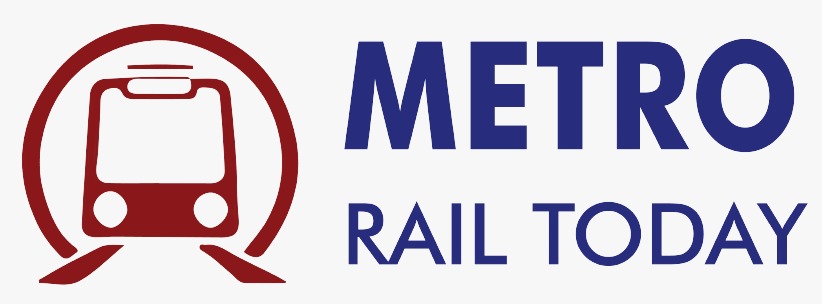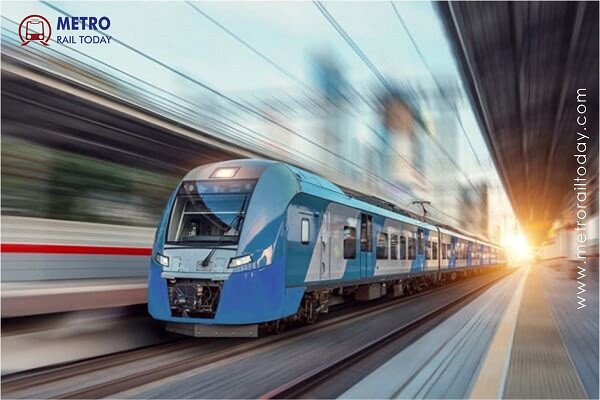 SYSTRA acquires Ardanuy Ingenieria to bolster Global Rail and Urban Transport expertise
SYSTRA acquires Ardanuy Ingenieria to bolster Global Rail and Urban Transport expertise Metro, Monorail and Pod Taxis: How MMRDA is Reinventing Mumbai’s Urban Transport?
Metro, Monorail and Pod Taxis: How MMRDA is Reinventing Mumbai’s Urban Transport?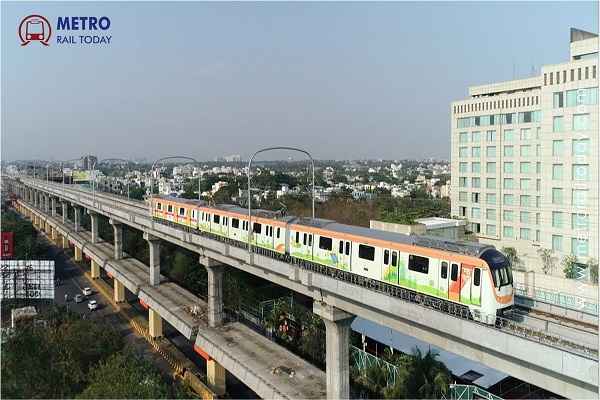 Maha Metro partners with IIT Kanpur to shield Nagpur and Pune Metro Systems from Cyber threats
Maha Metro partners with IIT Kanpur to shield Nagpur and Pune Metro Systems from Cyber threats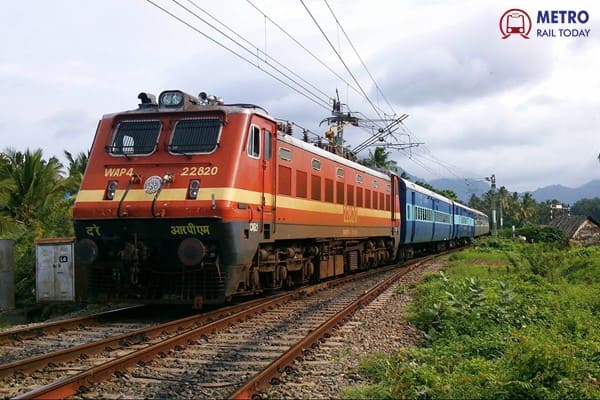 R. Rajagopal appointed as Member (Traction & Rolling Stock), Railway Board, Ministry of Railways
R. Rajagopal appointed as Member (Traction & Rolling Stock), Railway Board, Ministry of Railways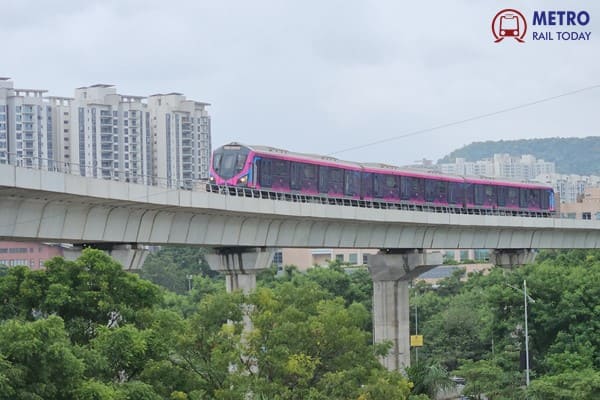 Maha Metro to appoint DPR Consultant for Pune's Shivajinagar-Kondhwa Metro Line
Maha Metro to appoint DPR Consultant for Pune's Shivajinagar-Kondhwa Metro Line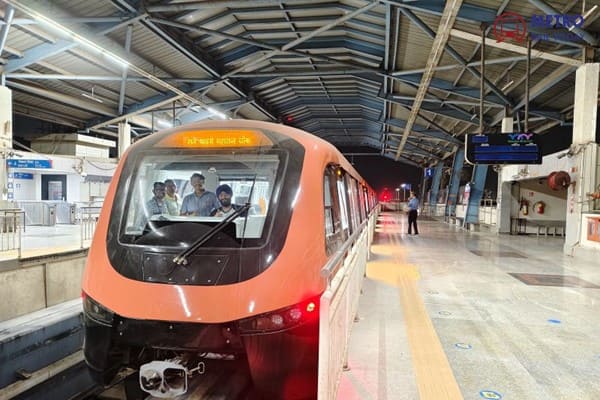 Mumbai Monorail suspension sparks Job Losses and Backlash despite system upgrade plans
Mumbai Monorail suspension sparks Job Losses and Backlash despite system upgrade plans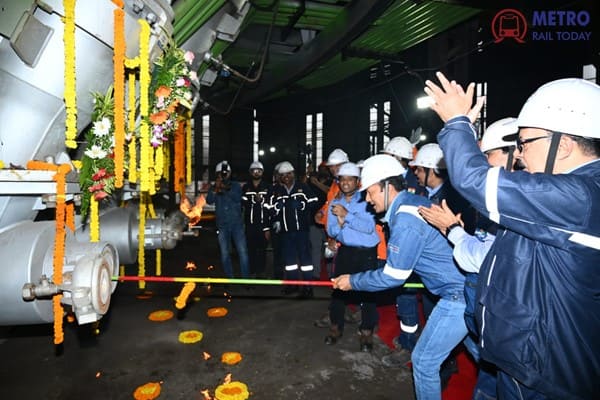 Jindal Steel Commissions One of India’s Largest Blast Furnaces in Odisha
Jindal Steel Commissions One of India’s Largest Blast Furnaces in Odisha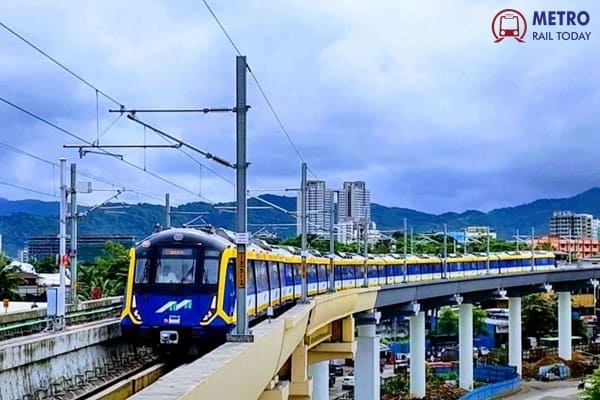 RDSO successfully conducts Brake and Speed trial tests on Mumbai Metro Line 9
RDSO successfully conducts Brake and Speed trial tests on Mumbai Metro Line 9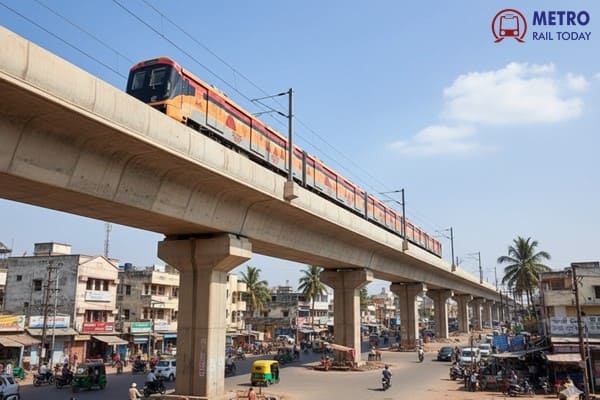 Patna Metro gears up for public launch, Final Trial Run scheduled for September 29
Patna Metro gears up for public launch, Final Trial Run scheduled for September 29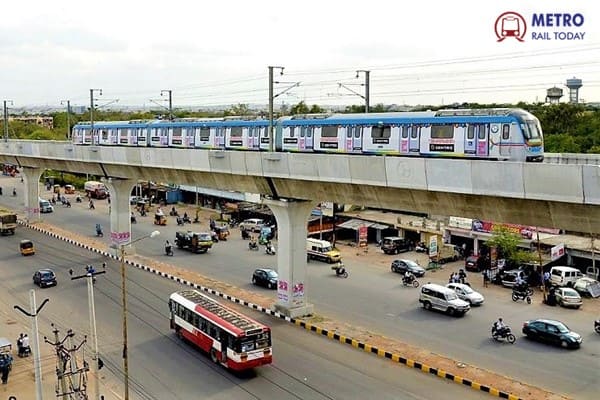 Telangana Govt takes over Hyderabad Metro Phase 1 as L&T exits project
Telangana Govt takes over Hyderabad Metro Phase 1 as L&T exits project
Karnataka approves ₹9,700 Cr Double-Decker Corridor for Bangalore Metro Phase 3
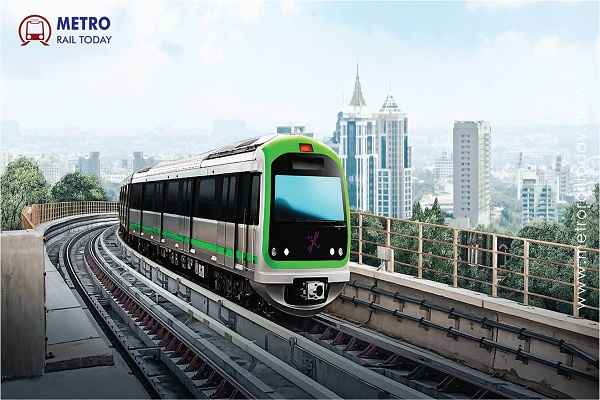
Bengaluru, India (Metro Rail Today): In a landmark move set to reshape the city’s transit landscape, the Karnataka Cabinet has given its nod to the much-anticipated ₹9,700 crore double-decker viaduct project under Namma Metro Phase 3. The approval marks a significant leap in Bengaluru’s metro expansion efforts, with civil works expected to commence by late 2025 or early 2026, and operations targeted by May 2031.
The green light comes after months of delay, offering fresh momentum to Bangalore Metro Rail Corporation Limited (BMRCL) in its mission to ease congestion across the rapidly growing city. The project involves constructing elevated metro corridors above existing flyovers—a first-of-its-kind engineering feat in the state.
According to plans, the project will span two major corridors:
-
JP Nagar 4th Phase to Kempapura, running along the western stretch of the Outer Ring Road (ORR), will feature a 28.486-km flyover, the longest in Bengaluru.
-
Kadabagere to Hosahalli along Magadi Road will include an 8.635-km stretch, bringing the total length of the double-decker structure to 37.121 km, down from the initially proposed 44.65 km.
The viaducts will not only carry metro lines but also support vehicular traffic on lower levels, showcasing multi-modal infrastructure integration aimed at maximizing limited urban space.
Mrs. Mamta Shah, MD & CEO of Urban Infra Group, praised the approval as a transformative moment, “The double-decker viaduct initiative sets a new benchmark for integrated urban mobility in India. Bengaluru’s commitment to combining metro and road infrastructure demonstrates visionary planning that addresses both immediate traffic concerns and long-term sustainable transit goals.”
Of the ₹9,700 crore outlay, costs will cover land acquisition, design, civil works, and execution. While the Central Government will fund only the metro component, the State Government will finance 50% of the flyover cost—with 10% contributed by urban local bodies and 40% sourced through loans. As per reports, Karnataka has already earmarked ₹4,000 crore in the 2025–26 budget specifically for Namma Metro, a portion of which is expected to support this ambitious project.
Tenders for the first four construction packages, covering both viaducts and station works, are likely to be floated later in September 2025, kicking off the preparatory phase.
By integrating road and rail on the same elevated structures, Bengaluru is not only optimizing space but also accelerating project delivery. The decision is expected to alleviate traffic pressure on the city’s most burdened corridors and improve daily commutes for millions of residents.
With Phase 2 of Namma Metro already nearing completion, Phase 3—and particularly this double-decker expansion—positions Bengaluru as a forward-looking metro city, embracing innovation to tackle its urban mobility challenges head-on.
